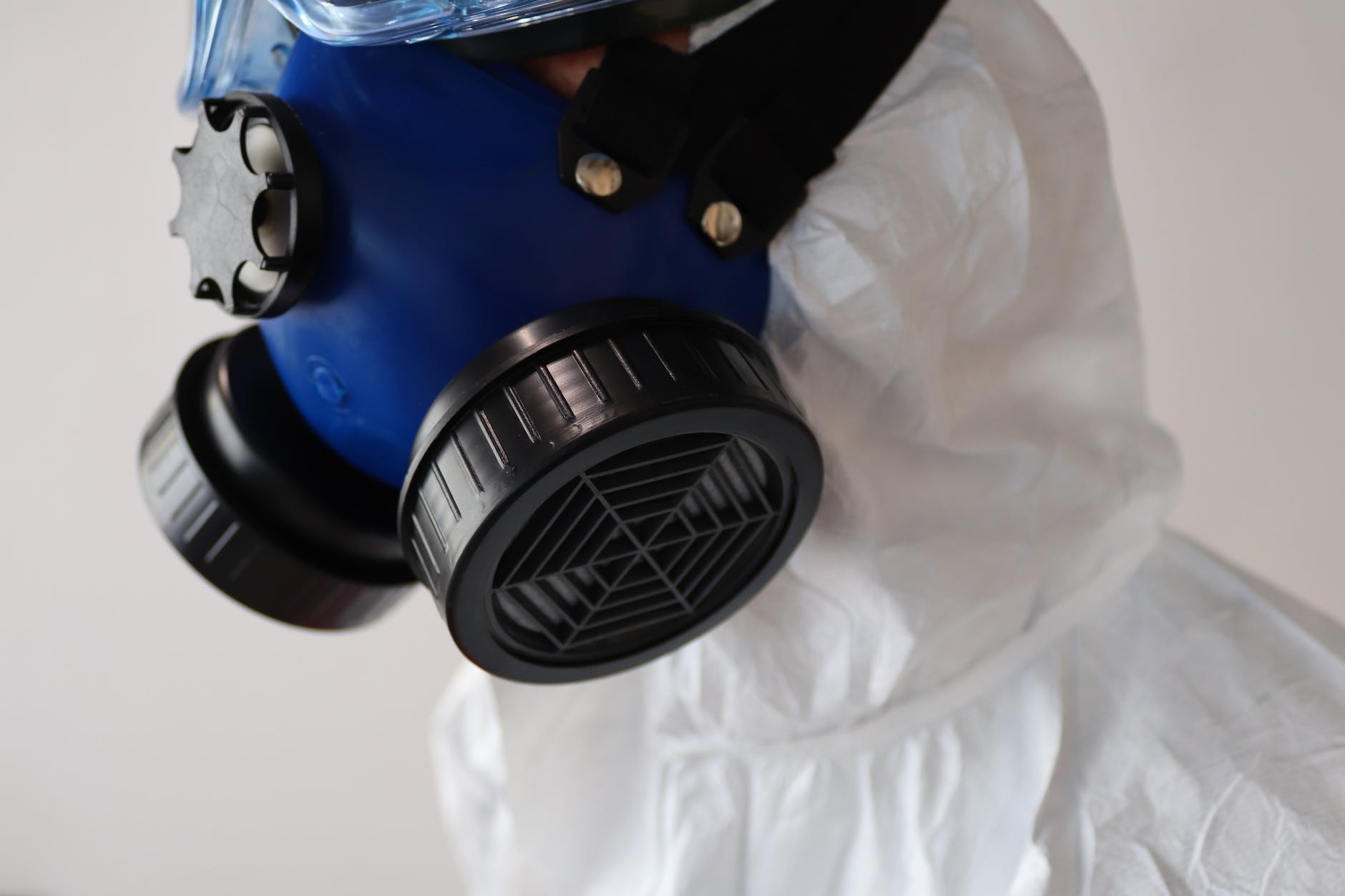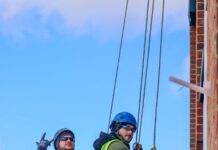
Respiratory Protection: Personal Protective Equipment
In today’s world, where health and safety concerns are paramount, ensuring proper respiratory protection through the use of Personal Protective Equipment (PPE) has become more critical than ever before. Whether it’s in a medical setting, an industrial environment, or everyday life, safeguarding our respiratory system is essential for our well-being. In this article, we will delve into the significance of respiratory protection, the types of respiratory hazards, and the role of PPE in maintaining our respiratory health.
Introduction
Respiratory protection involves the use of specialized equipment to prevent inhalation of hazardous substances that could lead to acute or chronic health issues. This equipment acts as a barrier between the wearer’s respiratory system and potentially harmful particles, gases, or vapors present in the air.
Understanding Respiratory Hazards
Respiratory hazards encompass a wide range of airborne contaminants, including dust, chemicals, biological agents, and particulate matter. These hazards can arise in various settings such as construction sites, healthcare facilities, manufacturing plants, and even during natural disasters.
Importance of Respiratory Protection
Effective respiratory protection is crucial for safeguarding the respiratory system from both short-term irritants and long-term exposure to hazardous substances. Without proper protection, individuals are at risk of developing respiratory diseases, lung damage, and other health complications.
Types of Respiratory Protective Equipment
Disposable Masks
Disposable masks, often referred to as surgical masks or dust masks, are lightweight and provide basic protection against larger particles. They are commonly used in healthcare settings and construction sites.
Half-Face Respirators
Half-face respirators cover the nose and mouth, providing protection against various airborne contaminants. They are equipped with filters to remove particles and can be paired with safety goggles for enhanced eye protection.
Full-Face Respirators
Full-face respirators offer comprehensive protection as they cover the entire face. They are effective against gases, vapors, and particles. Clear face shields ensure visibility and protection.
Powered Air-Purifying Respirators (PAPRs)
PAPRs use a powered fan to draw air through filters before delivering it to the user’s breathing zone. They are more comfortable for extended use and provide excellent protection in healthcare and industrial settings.
Self-Contained Breathing Apparatus (SCBA)
SCBA provides the highest level of respiratory protection, especially in environments with oxygen deficiency or high concentrations of toxic gases. They are commonly used by firefighters and rescue teams.
Choosing the Right Respirator
Selecting the appropriate respirator involves several factors:
Assessing Hazards
Identify the specific hazards present in the environment to determine the required level of protection and type of respirator.
Fit Testing
Fit testing ensures that the chosen respirator fits snugly on the wearer’s face, minimizing leaks that could compromise protection.
Comfort and Wearability
Respirators should be comfortable to wear for extended periods to encourage proper usage. Discomfort may lead to adjustments that reduce effectiveness.
Proper Use and Maintenance of Respirators
Donning and Doffing
Follow proper procedures for putting on (donning) and taking off (doffing) respirators to avoid contamination.
Seal Checks
Perform seal checks before each use to ensure a proper fit and an airtight seal.
Cleaning and Storage
Regularly clean and sanitize reusable respirators, and store them in a clean and dry place to maintain effectiveness.
Training and Education
Users must receive thorough training on the correct usage, limitations, and maintenance of their chosen respirators.
Regulations and Standards
Respiratory protection is subject to regulations and standards that vary by industry and region. Compliance with these guidelines is essential.
Challenges in Implementing Respiratory Protection
User Compliance
Ensuring consistent and correct usage of respiratory equipment can be challenging due to discomfort, lack of awareness, or inadequate training.
Supply Chain Concerns
During outbreaks or crises, demand for respirators can surpass supply, highlighting the importance of robust supply chain management.
Future Trends in Respiratory Protection
Advancements in technology and materials will likely lead to more efficient, comfortable, and user-friendly respiratory protection solutions.
Conclusion
Respiratory protection is a critical aspect of personal safety, especially in environments where airborne hazards are prevalent. Selecting the right respiratory protective equipment, along with proper training and maintenance, can significantly reduce the risk of respiratory illnesses and long-term health complications.
Eye and Face Protection: Personal Protective Equipment
Safety Goggles: Personal Protective Equipment
Safety Hand Gloves: Personal Protective Equipment
Safety Shoes OR Safety Boots: Personnel Protective Equipment
Head Protection: Personal Protective Equipment
FAQs
Q1: How often should I replace disposable masks? A: Disposable masks should be replaced after each use or when they become moist.
Q2: Can I reuse a disposable mask? A: No, disposable masks are designed for single-use only.
Q3: What industries require the use of SCBA? A: Industries such as firefighting, chemical manufacturing, and confined space entry rely on SCBA for respiratory protection.
Q4: Are there respirators designed for children? A: Yes, there are respirators specifically designed to fit children, providing adequate protection for their smaller faces.
Q5: Can facial hair affect the effectiveness of a respirator? A: Yes, facial hair can prevent a proper seal, compromising the effectiveness of the respirator. It’s recommended to be clean-shaven for a secure fit.
























